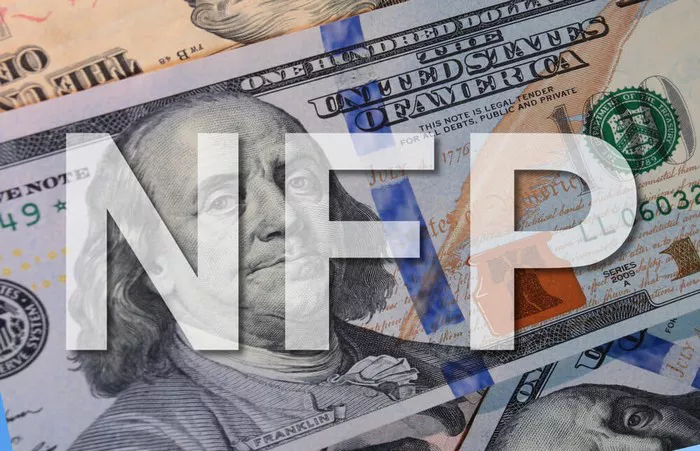The Nonfarm Payroll (NFP) report, a closely watched economic indicator in the United States, provides valuable insights not only into the labor market but also into its potential impact on consumer spending. Consumer spending plays a pivotal role in any economy, and understanding its relationship with the NFP report can shed light on broader economic trends. In this article, we will explore the correlation between the NFP report and consumer spending and how this connection influences economic analysis and decision-making.
1. The NFP Report: An Overview
The NFP report, released monthly by the U.S. Bureau of Labor Statistics (BLS), provides data on the net change in employment across nonfarm sectors of the U.S. economy, excluding certain categories such as farm workers, private household employees, nonprofit organization employees, and government employees. This report offers crucial information about the health of the job market, reflecting job creation or loss in various industries.
2. Consumer Spending: The Backbone of the Economy
Consumer spending, also known as personal consumption expenditure, accounts for a significant portion of the U.S. gross domestic product (GDP). It encompasses the money consumers spend on goods and services, from groceries and clothing to healthcare and entertainment. Consumer spending is a fundamental driver of economic growth and stability.
3. The Correlation Between NFP and Consumer Spending
The relationship between the NFP report and consumer spending can be summarized as follows:
Employment and Income: The NFP report’s data on job creation or loss has a direct impact on individuals’ income levels. When more people are employed and earning wages, consumer spending tends to increase as households have more disposable income to allocate toward goods and services.
Consumer Confidence: Strong NFP figures, indicating a robust job market, can boost consumer confidence. When people feel secure in their jobs and believe in their financial stability, they are more likely to engage in spending, including making significant purchases and investments.
Economic Sentiment: The NFP report can influence overall economic sentiment. Positive employment data can foster optimism about the state of the economy, which in turn can encourage consumer spending. Conversely, weak NFP data may lead to cautious spending as consumers become concerned about job security.
Impact on Specific Sectors: Different industries are affected differently by NFP data. For example, sectors directly tied to consumer spending, such as retail, hospitality, and leisure, can experience variations in demand based on employment trends.
4. Market Reaction to the NFP Report and Consumer Spending Implications
When the NFP report is released on the first Friday of each month, financial markets and economists pay close attention to its implications for consumer spending:
Currency Markets: In the foreign exchange market, strong NFP data can lead to expectations of increased consumer spending, potentially strengthening the U.S. dollar as foreign investors seek opportunities in the U.S. economy.
Stock Markets: Strong NFP data can positively impact stock markets as investors anticipate increased consumer spending, especially in consumer-oriented sectors.
Consumer Sentiment: Consumer sentiment indices, such as the University of Michigan Consumer Sentiment Index, often reflect consumer reactions to NFP data. A positive response may lead to increased consumer spending.
FAQs About NFP, Consumer Spending, and Economic Trends
1. How does the NFP report influence consumer behavior?
The NFP report can impact consumer behavior through its effects on job security, income levels, and overall economic sentiment. Strong NFP data can encourage consumer spending, while weak data may lead to caution.
2. Are there instances where NFP and consumer spending show conflicting trends?
Yes, there can be cases where NFP data indicates job growth, but consumer spending remains subdued due to other factors like high levels of debt or uncertainty about the economy.
3. How quickly do changes in NFP typically affect consumer spending?
The impact of NFP on consumer spending can vary. Some consumers may react immediately to positive NFP data, while others may take time to adjust their spending habits based on job market trends and economic sentiment.
4. What role does consumer spending play in economic recovery?
Consumer spending is a vital driver of economic recovery, as it contributes significantly to GDP growth. A sustained increase in consumer spending can help stimulate economic activity and create a positive feedback loop.
In conclusion, the Nonfarm Payroll (NFP) report and consumer spending are interconnected elements of the U.S. economy. The NFP report’s data on job creation or loss can influence consumer income, confidence, and sentiment, ultimately impacting spending habits. Understanding the correlation between NFP and consumer spending is essential for economists, policymakers, and investors as they assess economic trends and make informed decisions in a dynamic and interconnected world.

